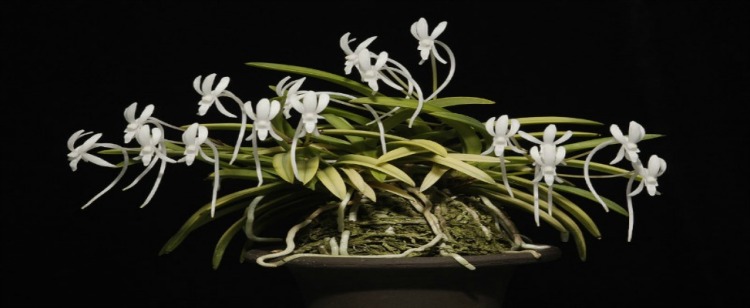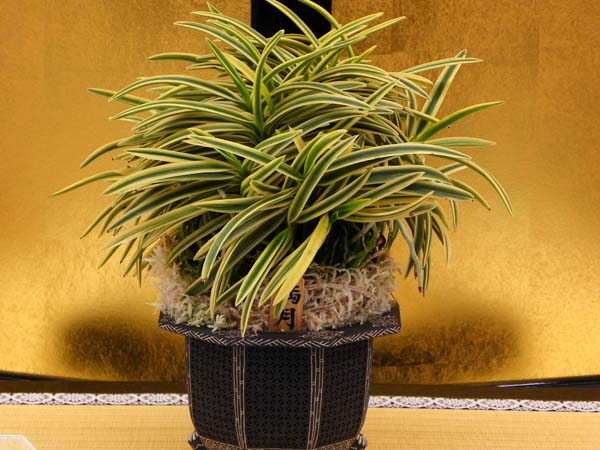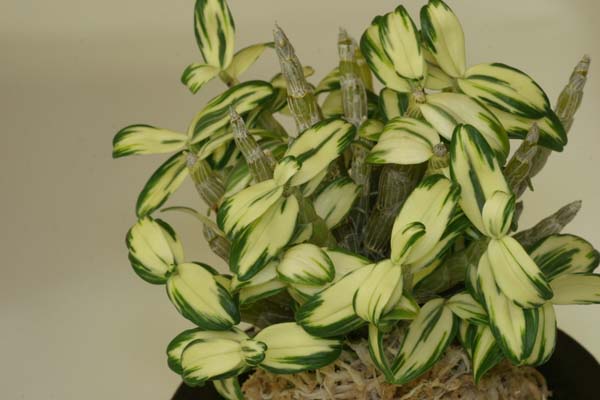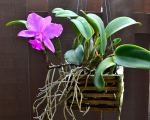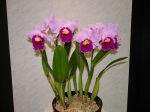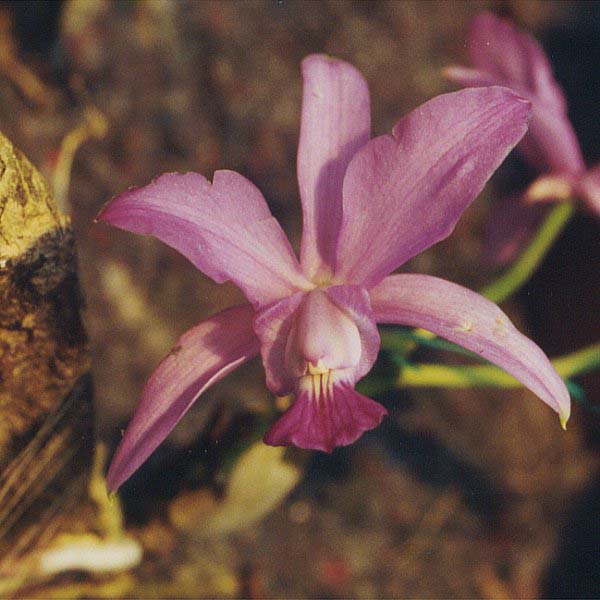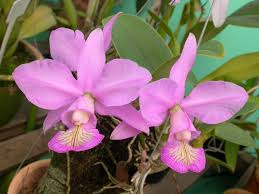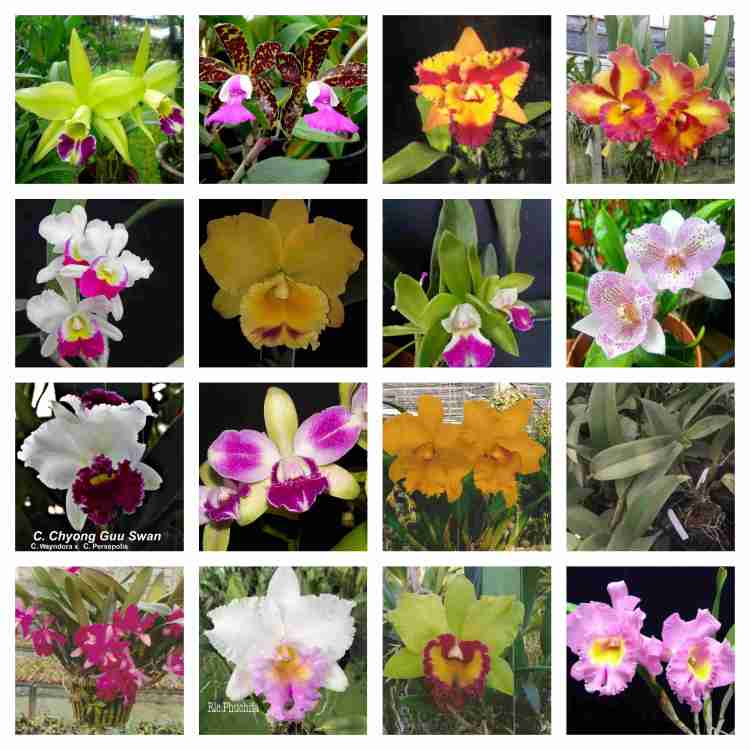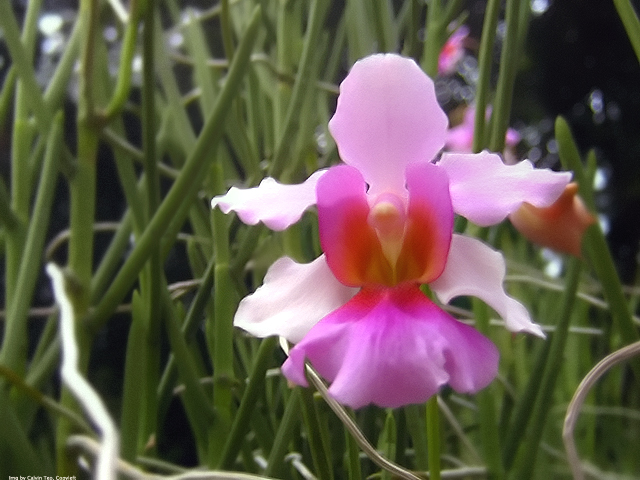The most common problem that people face, especially when receiving a package from back home is that every package that goes through Spanish customs can be subject to fees. The Spanish government will tax anything they deem valuable and might even reserve the right to open and inspect your package. Even if the package was sent by an express, private courier company – the package will most likely stop at customs and await judgment. When you are waiting on a rather valuable parcel to arrive, chances are that you will receive a notification letter informing you of its arrival, along with a bill that must be paid before it will finally be sent to you. As you can imagine, these unexpected fees and taxes can add up.
Following instructions may make to avoid extra costs
1)Parcels that are marked as “gifts” with a value under 45€ are exempt from custom fees
2) When indicating the value of the package always make it lower that it really is, within a reasonable range
3) If a package is insured, it is assumed valuable and will most likely be taxed and held at customs
4) Keep the descriptions of the items in the package as vague as possible. Use “toiletries” rather than “makeup” or words like “gift”, “used” and “old personal belongings”
5) Remove all price tags and plastic packaging before sending new items, just in case customs does open your package
6) Use UPS for express shipments, not FedEx, because UPS operates within Spain whereas FedEx hands off packages to local couriers
7)Do not send vitamins; they always seem to be stopped and taxed
8)Mailing several smaller boxes costs more than one big box (read: one heavy box)
We didn’t find orchids in the prohibited plants list for spain. for more please refer source links below
source:
http://www.pps.go.jp/english/law/list2.html
https://www.dhl.es/en/country_profile/import_guidelines_express.html
https://www.ups.com/ga/CountryRegs?loc=en_US
